Technical and social program
Program overview
December 12, Sunday
CET 5pm - 7pm opening
December 13-15, Monday - Wednesday
CET 2:30pm - 7pm, daily
For program overview, please click here!
Detailed technical program
For detailed program, please click here!
Keynote lectures
Remco Leine
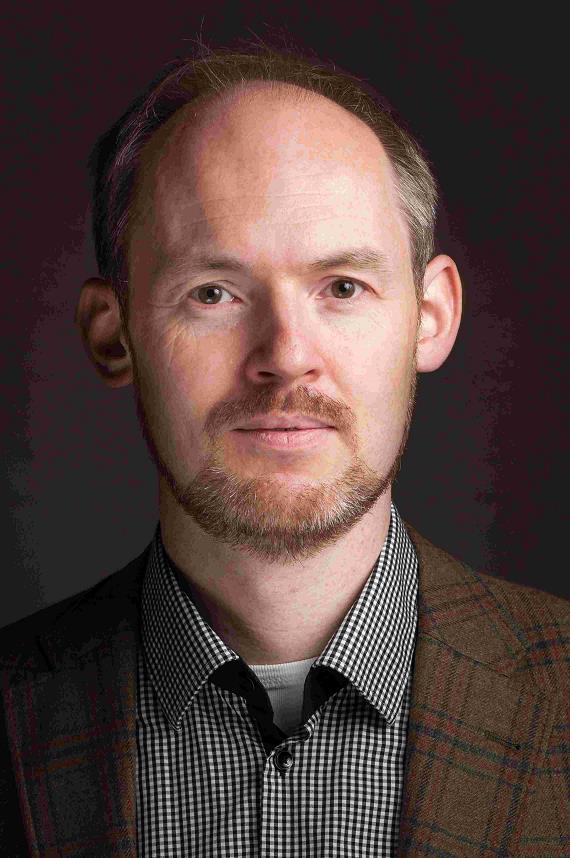 |
Institute for Nonlinear Mechanics, University of Stuttgart Pfaffenwaldring 9, 70569 Stuttgart, Germany co-author: Simon Sailer [leine, sailer][at]inm.uni-stuttgart.de |
The Tippedisk: an archetype for a friction-induced inversion phenomenon
Abstract
Nonlinear phenomena are studied in a variety of different engineering applications, ranging from stick-slip vibrations in oilwell drillstrings to subharmonic resonances of AFM microcantilevers. These systems are extremely complex and have a very rich dynamic behavior. Correspondingly, modeling of such systems is far from trivial, models are of large state dimension and can only be reduced to small dimensions through the adoption of a large number of simplifying modeling assumptions. Although this paradigm is inevitable to solve engineering problems, it is cumbersome for fundamental research on specific nonlinear phenomena. Moreover, the application of methods in nonlinear dynamics is still restricted to a few state dimensions. In academics, there is a need for relatively simple systems which can well be modeled with a few degrees of freedom and only show one particular nonlinear phenomenon. For this reason, a number of science toys (e.g. the Euler disk, the tippetop, the rattleback) have been taken up by the research community as archetypes for nonlinear phenomena, such as finite-time singularities or friction-induced instabilities. In this talk, we will bring a new archetype for friction-induced inversion to the scientific playground: the tippedisk, being an inhomogeneous disk spun on a support around an in-plane axis. Similar to the tippetop, the tippedisk inverts its orientation when spun rapidly. However, unlike the tippetop, the body has neither rotational symmetry in geometry, complicating its interaction with the supporting hyperplane, nor in its principal moments of inertia, leading to additional gyroscopic terms. We will present an adequate numerical model and use singular perturbation theory to describe and understand the inversion phenomenon globally on a two dimensional submanifold. Furthermore, we will compare the low dimensional analysis with laboratory experiments. The tippedisk proves to be an excellent real-life system which can easily be modeled and experimentally tested and which allows to use the whole toolbox of nonlinear dynamics to analyze its global dynamics.
Short bio
Remco Leine is Full Professor for Nonlinear Mechanics and director of the Institute for Nonlinear Mechanics at the University of Stuttgart. He received the M.Sc. degree from Delft University of Technology and the Ph.D. degree from Eindhoven University of Technology, The Netherlands, in 1996 and 2000, respectively. In 2007 he obtained the Habilitation degree from the ETH Zurich and became Titularprofessor in 2012 before he joined the University of Stuttgart in 2014.
Remco Leine's research is focused on the intersection of nonsmooth dynamics and nonlinear dynamics. In particular, he is interested in the nonsmooth dynamics of multibody systems with impact and friction and is continuously working on a stability and bifurcation theory for nonsmooth dynamical systems.
He is co-founder of the European Network for Nonsmooth Dynamics and is regularly organizing mini-symposia on nonsmooth dynamics at international conferences and won the Best ENOC Minisymposium Prize in 2008. During the past years, he has published three books on nonsmooth dynamics and over 49 journal papers. Recently, he joined the scientific advisory board of the Journal of Theoretical, Computational and Applied Mechanics (JTCAM).
Dan Negrut
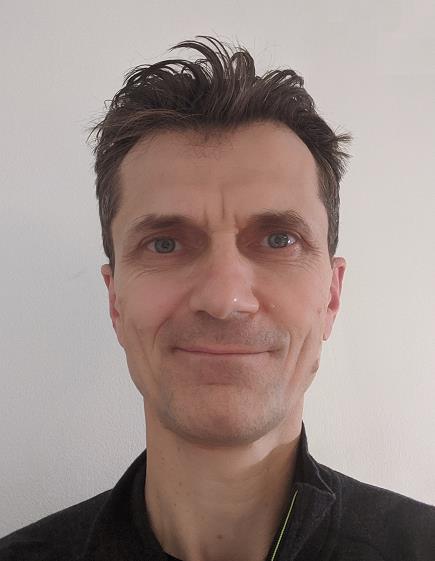 |
NVIDIA Fellow Bernard A. and Frances M. Weideman Professor of Mechanical Engineering Department of Mechanical Engineering, University of Wisconsin-Madison Madison, Wisconsin, United States negrut[at]wisc.edu |
On the Simulation of Autonomous Agents & Human-Autonomous Agent Interaction
Abstract
This talk outlines efforts in the Simulation-Based Engineering lab at the University of Wisconsin-Madison to create a simulation environment that can be used to understand and shape the dynamics of autonomous mechatronics agents such as vehicles, robots, rovers, etc. I will describe a software infrastructure called Chrono that we have been augmenting for more than one decade and which seeks to support tasks such as assessing the operation safety of autonomous agents (AAs), improving this safety, reducing cost to market, and compressing the engineering design cycle. I will also highlight ongoing efforts in which we support projects aimed at characterizing the human-AA interaction. The talk will touch on the equations governing the dynamics of these agents (the physics of the agents), as well as the simulation of sensors and virtual worlds. Quick comments will be made on the question of whether control policies learned through simulation transfer to the real world, i.e., addressing the so-called sim-to-reality gap.
Short bio
Dan Negrut received his Mechanical Engineering Ph.D. in 1998 from the University of Iowa under the supervision of Professor Edward J. Haug. He spent six years working for Mechanical Dynamics, Inc., a software company in Ann Arbor, Michigan. In 2004 he served as an Adjunct Assistant Professor in the Department of Mathematics at the University of Michigan, Ann Arbor. He spent 2005 as a Visiting Scientist at Argonne National Laboratory in the Mathematics and Computer Science Division. At the end of 2005 Dan joined the Mechanical Engineering faculty at the University of Wisconsin-Madison. His interests are in Computational Science and he leads the Simulation-Based Engineering Lab (http://sbel.wisc.edu). Lab sponsors include NASA, US Army Research Office, Department of Transportation, and National Science Foundation. The lab's projects focus on high performance computing, computational dynamics, terramechanics, simulation-in-robotics, and fluid-solid interaction problems. Dan received a National Science Foundation Career Award in 2009. Since 2010 he is an NVIDIA CUDA Fellow. He is one of the technical leads of Project Chrono, an open source physics-based simulation engine (http://www.projectchrono.org/).
Aki Mikkola
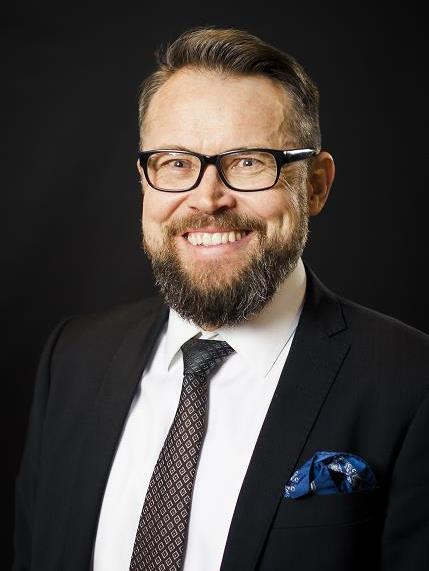 |
LUT University, Department of Mechanical Engineering P.O. Box 20, 53851 Lappeenranta, Finland, aki.mikkola[at]lut.fi |
The Use of Multibody System Dynamics in Different Product Processes
Abstract
Globally, digitalization is revolutionizing industry, and traditional business models based on material flow processing are being replaced by models based on data and knowledge processing. A data and knowledge processing business, i.e., a software-based business, seems complementary to even traditional economic theories.
This presents an opportunity for multibody-based simulation. On the process level, multibody modelling and multibody-based twinning is enabling transparent monitoring of and accurate adjustment and control over production processes. Virtual processes can be rapidly and thoroughly tested in parallel with and as changes are made to the virtual product. This makes it possible to optimize and adjust processes to achieve ever higher environmental, economic, and operational efficiencies without ambiguity and free of 'process inertia'. Being able to effectively model products, equipment, people, environments, and both intended and causal interactions, i.e., by analyzing reality through simulation, enables industrial companies to better drive sustainable growth. This sustainability, which is comprised of environmental, technical, economic, social, and individual dimensions, can be addressed by implementing multibody-based twinning over the entire product or production system lifecycle.
This paper introduces a number of cases where multibody-based models are used in different product processes. Example cases touch on (1) gamification-based product development, (2) new concepts in preventive maintenance that combine real-life data and simulation enabled by pervasive communication networks, (3) autonomous machinery, and (4) the adaptive optimization of manufacturing through applications of artificial intelligence.
Short bio
Aki Mikkola received a Ph.D. degree in the field of machine design in 1997. Since 2002, he has been working as a Professor in the Department of Mechanical Engineering at LUT University, Finland. Currently, Mikkola leads the research team of the Laboratory of Machine Design. He has been awarded five patents, has contributed to more than 130 peer-reviewed journal papers and has presented more than 100 conference articles. His major research activities are related to flexible multibody dynamics, rotating structures, and biomechanics. Mikkola has served on several occasions as session organizer for international conferences. In the First Joint International Conference on Multibody System Dynamics that was organized in Finland during 2010, Mikkola served as Chair, together with Prof. Werner Schiehlen. He is currently Editor-in-Chief of the Journal of Multibody System Dynamics (Springer).
Icebreaker public lecture
Even if you could not register for the conference, join us at our opening ceremony including the icebreaker public lecture free, which is scheduled for Sunday, 12 December 2021 starting at 17:00 CET (Central European Time).
The online participation at the event is free of charge but pre-registration is needed.
If you are not a registered conference participant, please simply send us an email to revhegyi@congressline.hu to get your login and password.
Gergely Röst
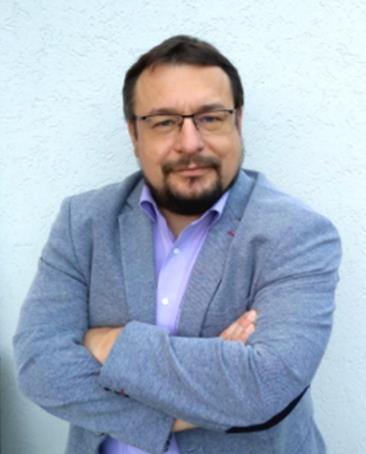 |
Chair of Applied and Numerical Mathematics Vice-Head of Bolyai Institute, University of Szeged Fellow of Young Academy of Europe https://www.math.u-szeged.hu/~rost/ |
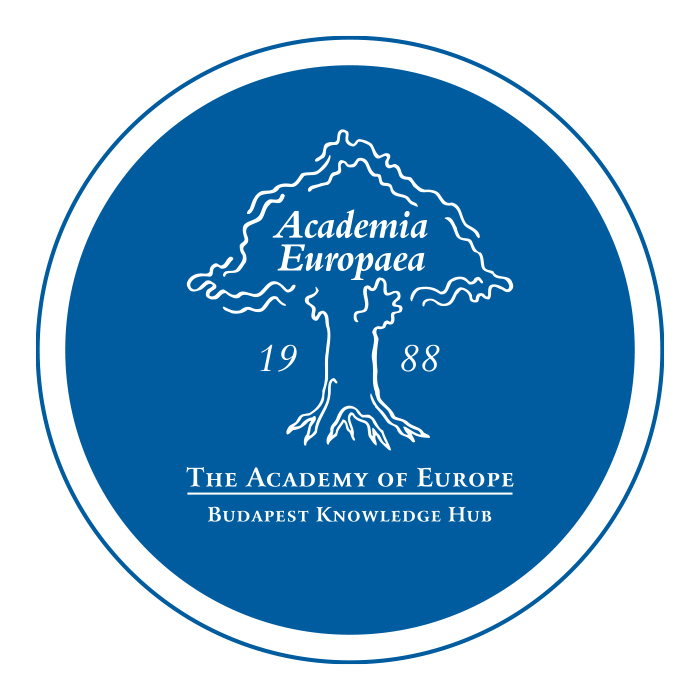
|
Lecture title: From Newton to COVID-19
Short bio
Gergely Röst is the department chair of Applied and Numerical Mathematics, University of Szeged, Hungary. He is a member of the Young Academy of Europe, he was an ERC Starting Investigator Grant holder, also had a Marie Sklodowska-Curie Individual Fellowship at the University of Oxford. He is presently the head of the COVID-19 Epidemiological Analysis and Modelling Response Team coordinated by the Ministry of Innovation and Technology in Hungary.
His research interests include differential equations, bifurcation theory, nonlinear dynamics and time delays with applications in mathematical epidemiology, modelling of cell biology processes.
He has been on the editorial boards of the Electronic Journal on the Qualitative Theory of Differential Equations, Infectious Disease Modeling, Differential Equations and Dynamical Systems, PLOS ONE, Mathematics in Applied Sciences and Engineering, Communications on Pure and Applied Analysis. He organized the American Institute of Mathematics Workshop on Mathematical Immuno-Epidemiology and the workshops on the Mathematics of self-driving cars and on the Economic impact of the pandemic.